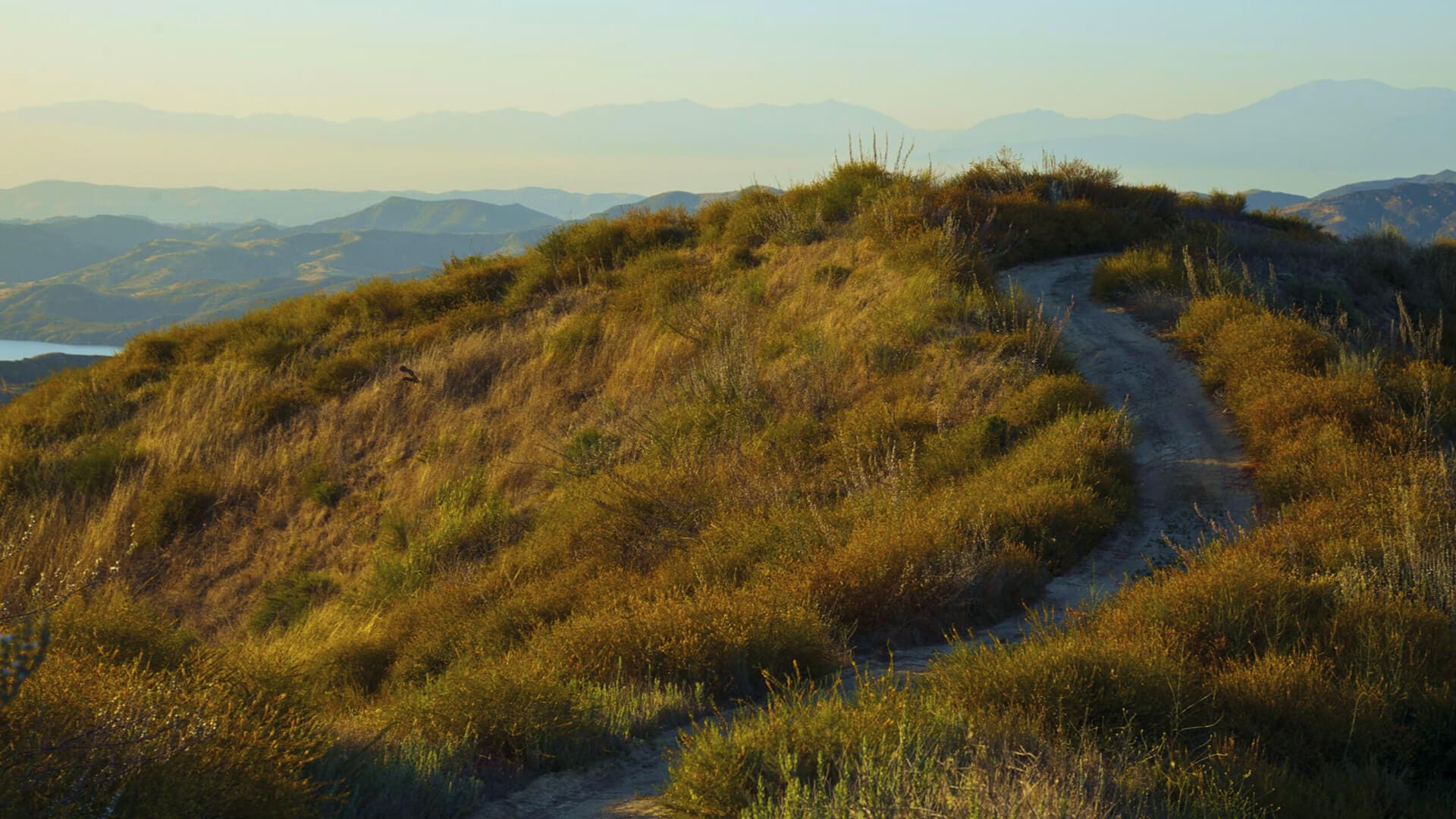The story behind the NROC.
We like to say that the Nature Reserve of Orange County’s existence can largely be attributed to one little bird: the coastal California gnatcatcher. In reality, the story is much bigger, with landowners, developers, government agencies and officials, and environmentalists all playing a role in the Reserve’s creation. But the gnatcatcher truly brought everyone to the table.
In the 1970s, ’80s, and ’90s, development in Orange County exploded.
The secret was out, homes were built, and people moved here in droves. Open land was being saved, but everyone involved knew it could be done better, and developers and environmentalists were working toward a more sustainable future. Then, in 1991, California passed an act that completely shifted conservation. Rather than working to save individual species, the Natural Community Conservation Plan (NCCP) protected habitat on a landscape scale so that a wildland’s native plants and animals can thrive.
So in 1993, when the coastal California gnatcatcher was listed as “threatened” on the federal endangered species list, its home—Orange County’s coastal sage scrub habitat—had to be saved. That’s when Orange County landowners, along with California’s Department of Fish & Wildlife, the U.S. Fish and Wildlife Service, and other wildlife advocates saw an opportunity to shape the future—and landscape—of Orange County forever.
All of these entities came together to forge an agreement, establishing the Nature Reserve of Orange County: nearly 38,000 acres of permanently protected wildlands in one of Southern California’s most densely populated areas.
This massive conservation effort is known as the Natural Community Conservation Plan/Habitat Conservation Plan for the Central and Coastal Subregion of Orange County (we call it the NCCP/HCP or the Plan for short). A nonprofit organization known as the Natural Communities Coalition was formed to implement and manage the Plan, with a board of directors made up of all the landowners.
Much of these wildlands are open for the public to enjoy. But the Plan makes conservation the Reserve’s top priority, which means preserving these wildlands and caring for the 39 protected plant and animal species that live here. This ensures Orange County reaps all of the benefits: cleaner water, fire prevention, a thriving ecosystem, a beautiful landscape, and stunning places for people to run, hike, picnic, breathe deep, see wildlife, watch sunsets, explore, and so much more.
Though the Plan was approved in 1996, the spirit of collaboration drives every element of the Reserve. Today, there are 11 land owners, multiple land managers, two state and federal agencies, hundreds of staff and elected officials from across Orange County, and tens of thousands of volunteers, visitors, and residents who understand just how special this land is and are passionate about keeping it that way.

The Reserve exists thanks to decades of stewardship, a love of the land, and countless people committed to preserving Orange County’s natural beauty.
History Timeline
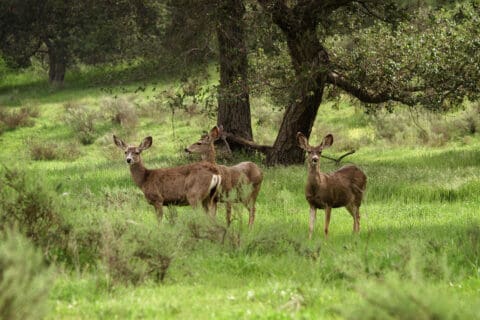
Revolutionary conservation comes into effect in California
The Natural Community Conservation Plan (NCCP) protects natural habitats, rather than individual species, an approach that benefits all native plants and animals.

Coastal California gnatcatcher is endangered
Development has decimated this native species' coastal sage scrub habitat, causing the small bird to be listed as "threatened" on the endangered species list. Parts of Orange County are deemed crucial to save the small bird—and many other species—by California’s Department of Fish and Wildlife.

The Nature Reserve of Orange County is established
Thanks to the collaboration of landowners, government agencies and officials—including Bruce Babbitt and Doug Wheeler—and wildlife organizations, nearly 38,000 acres are established for permanent preservation. This land is home to 39 protected plant and animal species regulated by a California NCCP and a federal Habitat Conservation Plan (HCP).
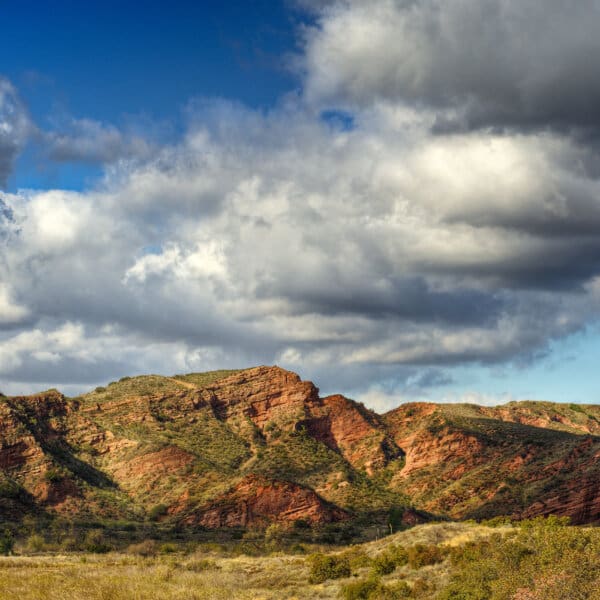
The NROC Endowment is created to fund research, land management, education, and outreach on the Reserve.
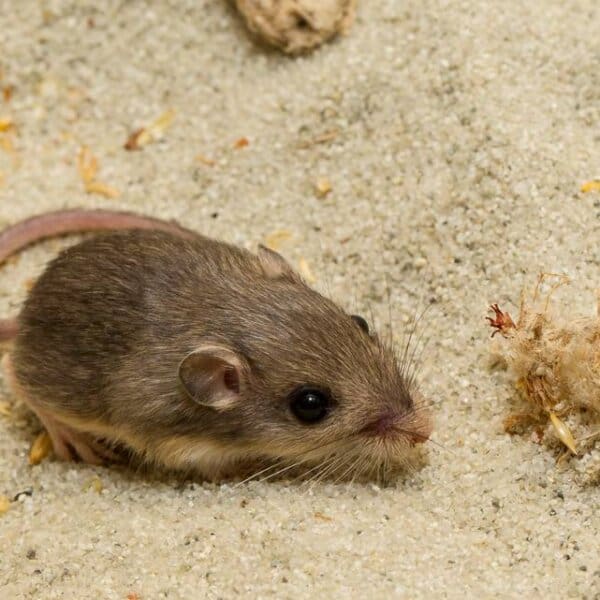
A Pacific Pocket Mouse Recovery Plan is created
The Reserve is one of the only places on earth where the Pacific pocket mouse lives, and a fund is dedicated to nurturing the species, which was thought to be extinct.

More than 8,000 native shrubs, grasses, and cacti are saved from local development areas and relocated to the Reserve.
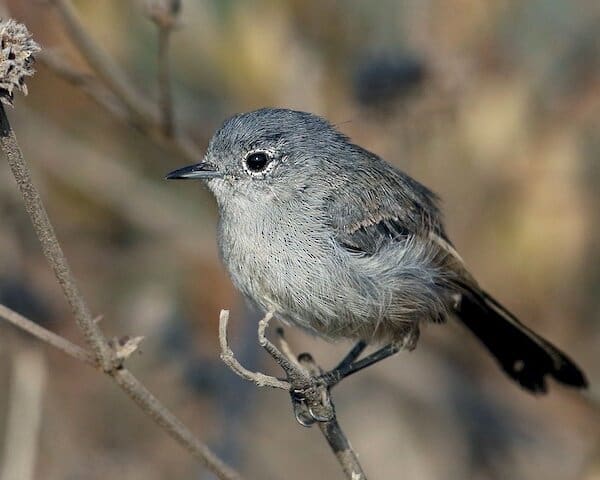
Assessments show that the Coastal California gnatcatcher population has increased in the Reserve by an average of 19%.

National Natural Landmark designation
The Reserve wildlands in the area of Orange County that used to be part of the historic Irvine Ranch are named a National Natural Landmark by the U.S. National Park Service.
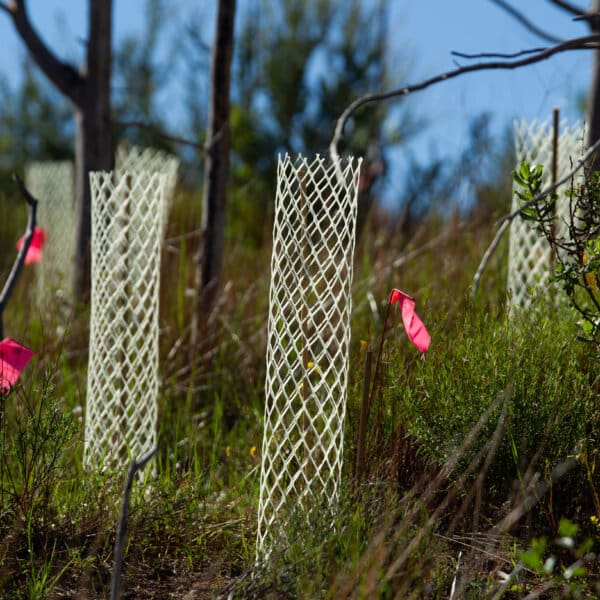
A Native Seed Farm opens on 14 acres of former strawberry fields to provide seeds for habitat restoration and volunteer opportunities for the community.

Two decades of OC conservancy
Everyone involved in caring for the Reserve celebrates 20 years of preservation and rehabilitation.

Say cheese
The 800,000th wildlife photo is captured by remote cameras on the Reserve’s wildlands!
A new project launches to support the dwindling population of Western spadefoot toads, who make their home in the Reserve's seasonal ponds.

Locals love the NROC
A county-wide poll reveals that protecting water quality, ensuring wildlife habitats thrive, and reducing the impacts of urban sprawl are just a few of the things Orange County residents love most about the Reserve.

With the help of landowners, land managers, hundreds of volunteers, and our radically responsible visitors, the Reserve is a haven for plants, animals, and humans.

